This route delves into the history of the ancient kingdom of Granada that, from the 13th century to the 15th century, was ruled by the Nasrid dynasty. The remains of fortifications and castles located along the route recall the territorial struggles between Muslims and Christians that took place in the area. It begins in the town of Navas de Tolosa, through cities like Úbeda, Baeza and Jaén, and ends in Granada. The itinerary passes, what's more, through beautiful natural spaces such as Sierra Morena, Sierra Magina or Sierra de Cazorla y Segura.This tour, which is part of the Andalusian Legacy Routes, It is designated the Great Cultural Itinerary of the Council of Europe.
-
- Navas de Tolosa
- Carolina
- Baths of the Encina
- Bailén and Mengibar
- Andújar
- Western Countryside of Jaén
- Linares, Baeza and Úbeda
- Jódar and Mancha Real
- Jaén
- The Guard of Jaén, Cambil and Huelma
- Guardahortuna and Piñar
- Deinfontes, Albote and Macarena
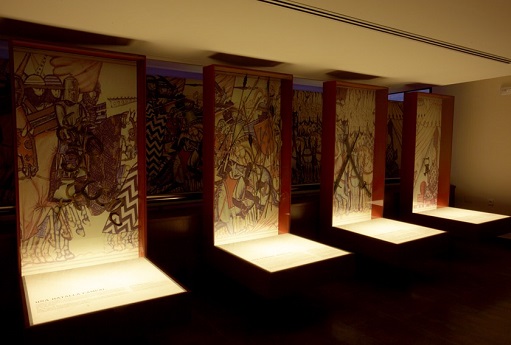
Navas de Tolosa
The initial section goes from Sierra Morena to the banks of the Guadalquivir, along about 70 kilometres. This part of the tour begins in the town of Las Navas de Tolosa, where Christians and Muslims fought a decisive battle for the future of al-Andalus. In its vicinity, remains of the fortresses, attest to the strategic importance of this square, located next to the Despeñaperros Natural Park.
Direction: Navas de Tolosa
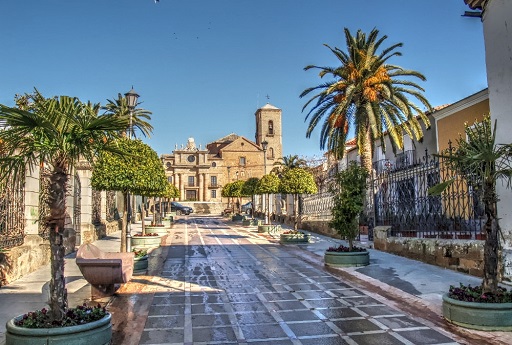
Carolina
Dodging holm oak mountains, olive tree and vine you get to La Carolina, that stands stately with a neoclassical architecture. For its privileged location and good communications, It is the natural gateway to Andalusia through the Despeñaperros Natural Park.
Direction: Carolina
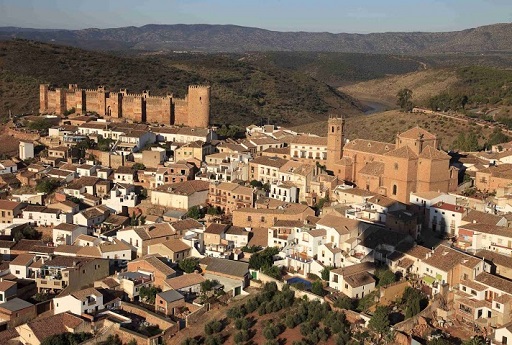
Baths of the Encina
The next stop is in Baños de la Encina, where more snippets of history are kept, as a remarkable fortification and a good sample of religious architecture. In this town it is essential to visit its castle from the Caliph period.
Direction: Baths of the Encina
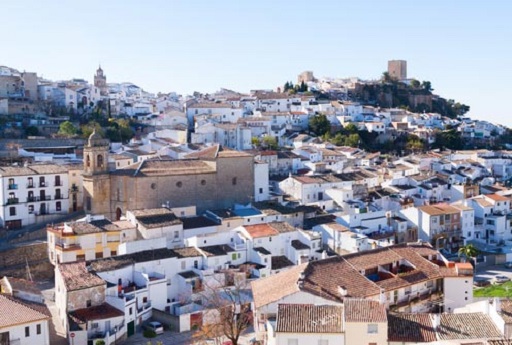
Bailén and Mengibar
The next destination is Bailén, Andalusian heritage town with an important artisan tradition, which has among its main attractions the Palace of the Counts of Benavente and the Church of the Incarnation. In addition, We recommend visiting its many monuments that commemorate the Napoleonic battle that took place in the town.
And later we will get to Mengibar, whose current location dates from the Muslim era
Direction:
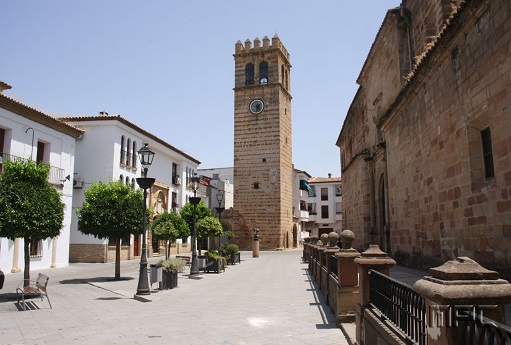
Andújar
The route continues in Andújar, town that keeps the Andalusian essence in every corner of its old town. The remains of the wall, the mosque converted into a church of Santa Marina or the Clock Tower, They are essential visits, legacy of that period that coexists with constructions of other styles, as well as numerous manor houses and palaces. The Sierra de Andújar Natural Park extends in its surroundings..
Direction: Andújar
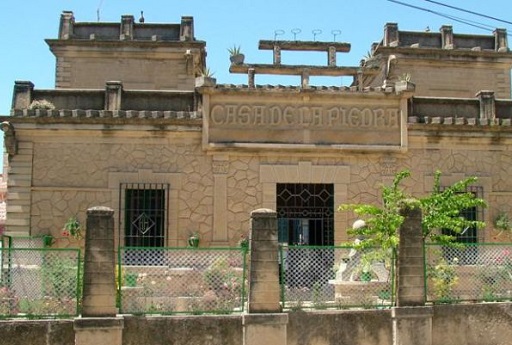
Western countryside of Jaén: Arjona, Porcuna, Torredonjimeno, Martos and Torredelcampo
From this point the route takes place through the countryside towards Jaén, covering others 70 kilometres. The first town is Arjona, cradle of the Nasrid dynasty that founded the kingdom of Granada, and later Porcuna, where the Torre del Homenaje is still preserved, where Boabdil was a prisoner, last king of Granada, and where numerous churches house a good sample of styles. The landscape is dressed as watchtowers until reaching Torredonjimeno, Villa of Almohad origin in which the spectacular façade of the Town Hall stands out, one of the most admired examples of Andalusian civil architecture. Martos was consolidated in the Andalusian era as a sentinel of the south of the countryside, as proclaimed by the ruins of its two castles. A few kilometers from Jaén is Torredelcampo, where a delicious pastry is made according to Andalusian recipes, what's more, in its surroundings remains of its Iberian past emerge, romano, Visigothic and Muslim.
Direction: Arjona

Linares, Baeza and Úbeda
After visiting Linares, second city in the province, you reach one of the most beautiful towns on the route, Baeza and Úbeda, declared World Heritage cities by UNESCO. Numerous monuments have made them a jewel of the Andalusian Renaissance, among which stands out the footprint of the architect Andrés de Vandelvira.
Direction: Linares

Jódar and Mancha Real
At the foot of Sierra Mágina is the town of Jódar, where the oldest castle in the Peninsula is preserved. Jimena has also been inhabited by remote villages, as reflected in the cave paintings of La Graja cave. His castle, of Andalusian origin, It was one of the main defenses of the Order of Calatrava against the Nazarite kingdom. Following the route we arrive at Mancha Real, which constitutes a beautiful villa in which the facades of stately houses emblazoned with coats of arms stand out.
Direction: Jódar

Jaén
Jaén is finally reached, A city that began to emerge from the 9th century when it took over from the Guard in the capital of this district of al-Andalus. Its main insignia are the castle, located on the mount of Santa Catalina, and its monumental cathedral.
Direction: Jaén

The Guard of Jaén, Cambil and Huelma
From there the last section is approached until reaching Granada. After the Guard of Jaén, small village with a glorious past, you arrive in Cambil, another stronghold of al-Andalus, where two castles of Nasrid origin stand out. Huelma is also dominated by its strength. From the castle you can see the tower of the Church of the Immaculate, one of the most beautiful examples of religious architecture in the province. The stele of its past is preserved in the old Jewish quarter, today Santo neighborhood, in its fountains and in its stately homes.
Direction: The Guard of Jaén
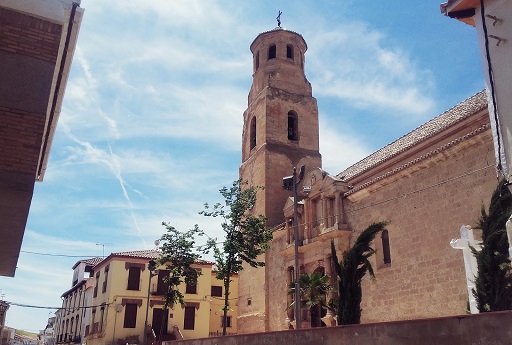
Guadahortuna and Piñar
Already in the province of Granada, the itinerary continues through Guadahortuna and Piñar, where is the cave of Las Ventanas, a chalky complex that impresses the visitor. The castle keeps the echoes of the battles between Nasrid and Christians that this town witnessed at the gates of Granada. Guarded by watchtowers and fortresses, Iznalloz reached its peak as a strategic defense plaza for the Nasrid kingdom.
Direction:
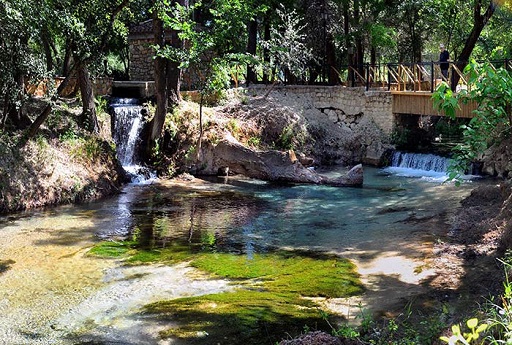
Deifontes, Albote and Macarena
Deifontes appear in the middle of the Granada Vega, Albote, battlefield in innumerable outposts towards the Nasrid city, and Maracena, last town before arriving in Granada, last Muslim stronghold until the taking of the city by the Catholic Monarchs.
Direction: Deifontes